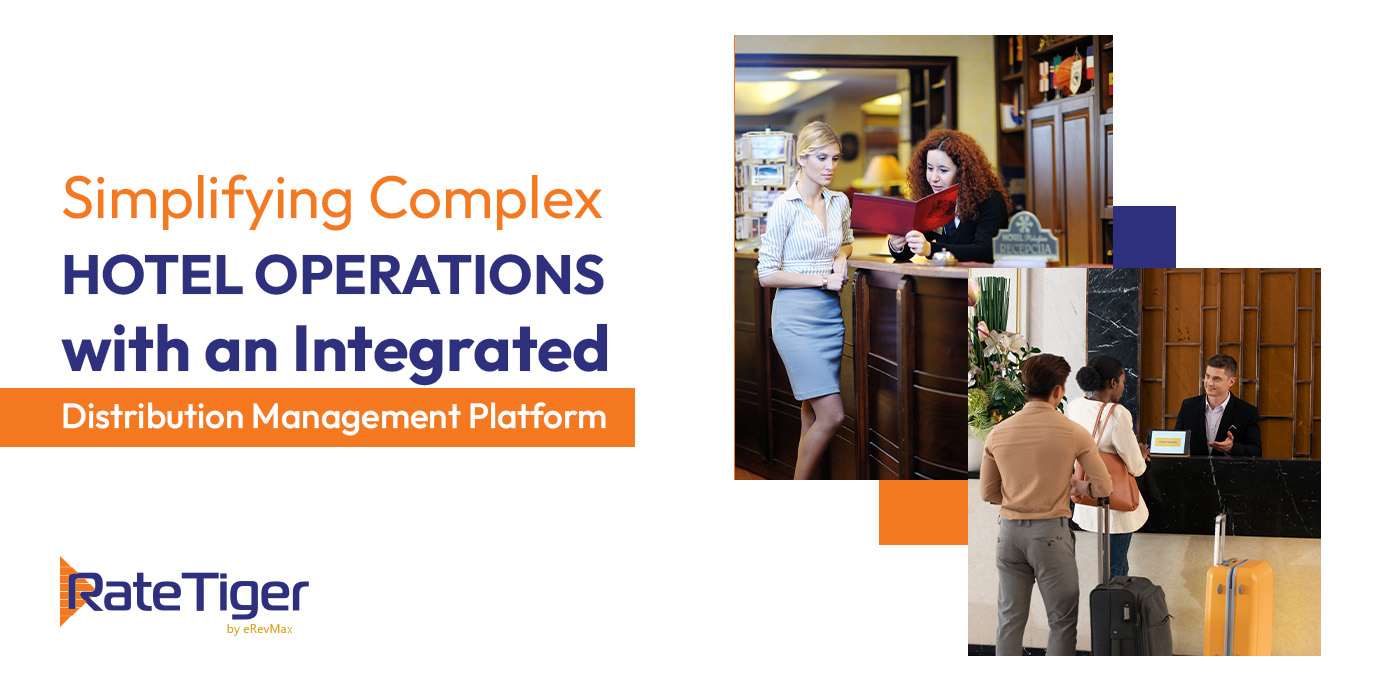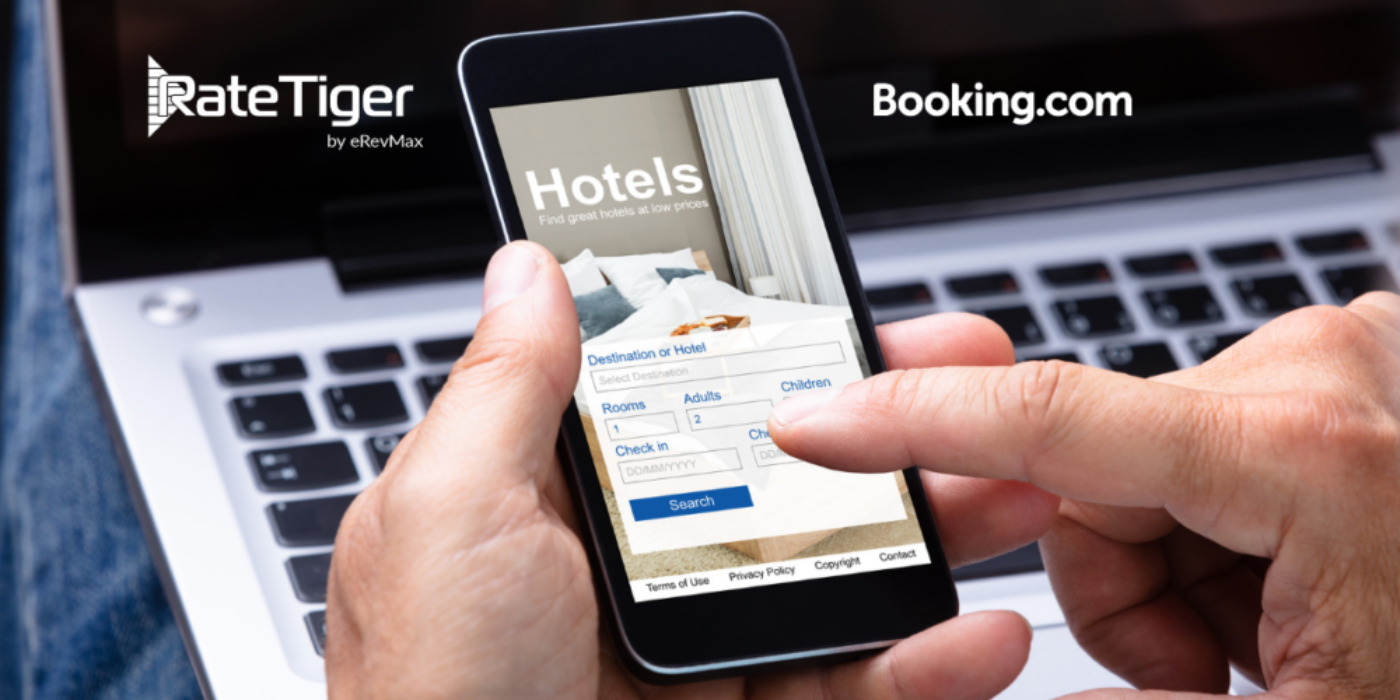In this digital age of hyper-transparency, hotels are expected to maintain price transparency across online sales channels for travelers. While the dynamic pricing means the acceptable value offered by a given room rate for a day stay by a property would vary based on demand, hotel rate parity ensures practice of maintaining consistent prices across all channels of distribution.
FYI: Customers are much savvier in this tech world.
With Metasearch platforms aggregating rates from various distribution channels, it has become rather easy for travellers to compare price of a hotel across websites. So, why will a traveller book from a site when she/ he can find a better price on any other site or hotel’s own website? This way you will be restricting your sales channel and even the channel owner wouldn’t be interested in listing your property if you aren’t giving them the best price. Agreed? With 82% of the travel booking taking place online, would you like to take this chance?

What is Rate Parity?
Hotel rate parity in the hospitality industry is the process of maintaining the same rate for the same room type across all distribution channels. In simple terms, if the quoted price of the room is same on all third-party-channels and hotel’s website, then it is said to be in parity.
If the price differs across different channels or if the price listed on OTAs is higher than the price on hotel’s website, then there is disparity.
For example, if you are selling your Super-Deluxe room for $150 over the weekend on your brand site and $160 on OTAs for the same room type, then you’re violating rate parity. On the other hand, if your price remains the same on all sales channels – direct as well as on OTAs and metasearch channels – you are in parity.
Is Rate Parity Legal?
Yes, hotel rate parity is a common legal agreement between the hotel owners and the online travel agencies to maintain consistent room rates across all distribution channels. This clause has been legalised in many countries.
The 2 Basic Problems of Rate Disparity
- Hotels tend to lose on direct bookings by sending the customer to third party channels with lower rates and paying higher commission. Thereby, bringing lower revenue to their table.
- Customers tend to lose their trust in hotels quoting different rates on different platforms giving rise to confusion and losing confidence in the hotel’s viability. Thereby, affecting the brand value of the hotel.
Understanding the Importance of Rate Parity
It’s true that direct bookings from (brand.com) bring the maximum revenue to a hotel as compared to any OTA. Reason being the hotel doesn’t need to pay any commission for it. But, can a hotel only rely on its website for bookings in the current time when OTA bookings are one of the major sources of online hotel bookings? Having a presence on online sales channels is as important as to having its own website. It is your gateway to hotel marketing and reaching the maximum customers looking for a hotel in your region.
Online Travel Agencies have different clauses and charge differently. Depending on the commission rate, hotel’s revenue per sold room may change. For OTAs, rate parity has remained an effective tool to ensure that the hotels will not give any discounts to the customers to woo them to book direct. On the flip side, this takes away the hotel’s key weapon to attract direct bookings.
For the hotel all are indirect sites and it has to pay charges for bookings to both though more or less. It’s clear that direct booking is the biggest source of advantage. So, why favour one site over the other? Take the straight road and maintaining rate parity across all your third-party distribution channels gear the customers towards direct booking from your brand.com.
Why is Rate Parity Important for Hotels?
- Maintaining the same rate across all sites, hotels enjoy the trust and confidence of the travellers.
- Hotels maintain the same reputation with different OTAs and are able to extract the plus point of every channel.
- It helps the hotel travel around the right market mix with a perfect blend of direct and indirect channels.
- Hotels can avail the undue advantage of direct bookings by pushing travellers towards their website by offering more values than OTAs in terms of add-on services.

Why is Rate Parity Important for Travelers?
- It gives the customers a clear picture of the hotel’s price.
- It helps them chose their booking source by maintaining consistency.
- It removes any confusion prevailing in the customer’s mind.
Rate Parity Strategies to Drive Direct Bookings
Now when your hotel is having the same price across all direct and indirect sales channels, let’s see how you can bring in more direct bookings to turn the situation to your advantage.
- Create a plan of action to out value the commission loss on indirect bookings by having a market mix.
- Offer add-on services on your website like free Wi-Fi, free parking, early check-in, etc. giving the customer reasons to book directly without affecting the actual room rate.
- Make the booking process on your website simple and easy avoiding any technical glitch.
- Target specific customers like corporate travellers by giving them extra discounts/ offers via email marketing or on call services.
- Leverage your presence on Metasearch sites making the most of their business model of CPC on listing your hotel and directing the customer to your booking engine when they click to book.
- International travellers always have a longer stay, so attract international travellers by making your presence on OTAs/ Metasearch most used in those regions from where you have the maximum international guests.
Undoubtedly, rate parity comes with many challenges. But customer trust is one of the prime requirements to sustain in the hospitality industry which rate parity gives you. However, by setting up a defined plan with a perfect mix of the right business partners, distribution channels and market trends; you can optimize your revenue by maintaining rate parity with rate shopping software like Rate Shopper by RateTiger.










